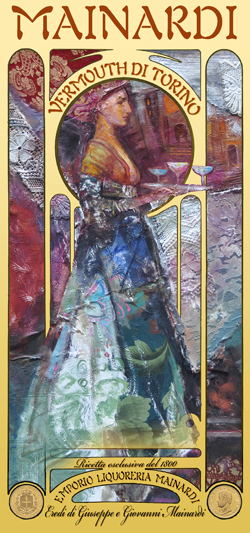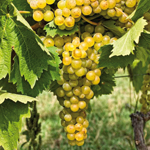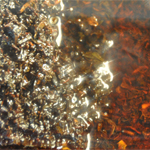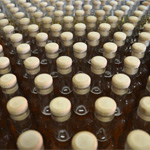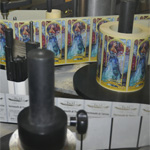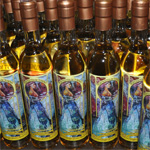 |
 |
 |
 |
 |
 |
|
Classic "know-how" As technical descriptions, miscellaneous sources and old pictures tell us, as early as the 19th century, the first step to making vermouth was to mix together the base wines, to which sugar and alcohol were added in the right proportions, followed by the aromatic extract and, occasionally, some burnt sugar to impart an amber hue to the final product. The essential steps have not changed, though new opportunities have now emerged thanks to progress made in both technique and extraction methods. The traditional base wine used to make Vermut di Torino was Moscato Canelli, which contributed a distinctive aromatic character to the beverage, as well as its elegant floral bouquet. Later on, more bland-tasting whites were adopted, thus allowing the botanicals’ aromas to prevail in the sensory profile. It must be noted, however, that the quality of the base wine is fundamental in view of the final result. Wines to be used in vermouths are accurately analyzed in order to document their composition and organoleptic characteristics thoroughly. To perfectly balance such characteristics, a mix of different wines is generally taken, after the wines have been accurately fined and filtered. The wine is then placed in the preparation tank, where sugar, the necessary amount of alcohol to obtain the right alcohol content, and the herb and spice extract are added. An impeller is then used to stir the fluid and mix in the ingredients. The product is allowed some time to blend, then a number of necessary operations are performed, such as refrigeration, clarification and multiple filtrations, in order to obtain a limpid, stable product. After a period of cellaring, during which the aromas and flavors harmonize and reach their perfect expression, vermouth is ready for bottling, capping and packaging. By law, the final vermouth has a minimum actual alcohol content of 14.5% by vol. and a maximum actual alcohol content of 22% by vol., while the total alcohol content must be 17.5% by vol. or higher. Different vermouth styles can be obtained based on the sugar proportion. Currently, two traditional geographical designations exist for vermouth: Vermut di Torino and Vermouth de Chambéry. The former is associated with the long-standing tradition of the Italian city at the foot of the Alps, while the latter refers to small-scale but meaningful production in the French region of Savoy.
|
|
Copyright © 2000 - 2014 B&M Great Italian Wines - All rights reserved.
|
|||||
|



